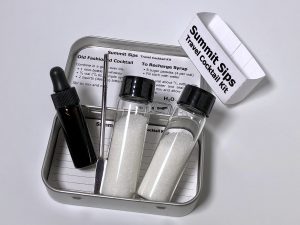
Sazerac
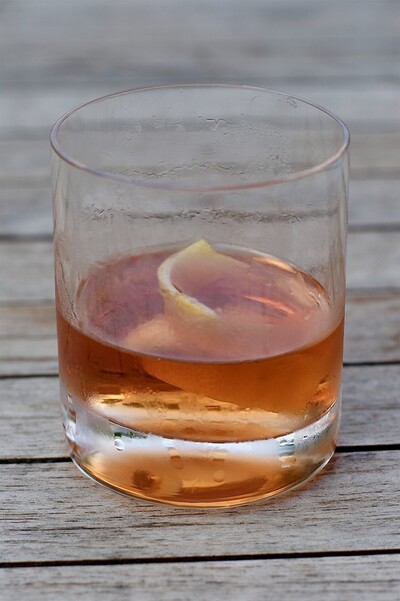
Next week marks the beginning of Tales of the Cocktail, an annual event held in New Orleans to celebrate our truly American invention. But it’s more than that. Tales has become something of a Mecca to cocktail enthusiasts and professionals from all over the world. With so many sponsored events and educational sessions throughout the week, attendees have the opportunity to learn from the experts and discover new products and techniques. In addition to hosting Tales of the Cocktail, New Orleans enjoys a deep tradition of mixology and has been host to the creation of many classic cocktail favorites. Perhaps the one most identified with the city is our Drink of the Week, the Sazerac.
A cocktail was at one time a narrow class of beverages following a very specific formula: spirits, sugar, water and bitters. Today, the word is associated with any mixed alcoholic drink, but the Sazerac stays true to the historic definition. At the time of its invention, it was the bitters that set the cocktail apart. Without the bitters, a cocktail would have been called a sling or a toddy.
Enter one Antoine Peychaud, a Creole apothecary from Haiti who settled in New Oreleans, Louisiana in 1795. At his pharmacy, one could order a compounded beverage made from cognac, sugar, water and his own recipe of bitters. The cocktail was later made by others and and became known as the Sazerac, probably after a popular brand of cognac at the time. Modern recipes typically use rye whiskey instead of brandy.
What sets the Sazerac apart from a cocktail like the Old Fashioned is the preparation of the glass with absinthe:
Sazerac
2 oz rye whiskey
.5 oz simple syrup
.25 oz absinthe
3 dashes Peychaud’s BittersObtain two rocks or old fashioned glasses. Prepare one glass by pouring in the absinthe and rotating it to completely coat the walls of its inner surface. Fill this glass with ice and set aside. In the second glass, add the simple syrup, bitters and rye. Fill with ice and stir to chill. Empty the first glass of ice and dump the remaining absinthe. Then, strain the mixed drink from the second glass into the first. Garnish with a lemon twist.
The concept here is to lace a glass with the strong flavors of absinthe, chilling with ice. An old fashioned glass usually has a thick bottom, so you need to let the ice cool it down. While the glass chills, something else is happening with the absinthe. Similar to what happens in an absinthe drip, the ice touching the absinthe begins to melt in tiny drops causing the spirit to release its potent flavors, aromatizing the glass. If you don’t have absinthe, you could also use Pernod, Herbsaint, or another pastis.
With the glass preparation underway, you basically make an Old Fashioned cocktail in another glass. The only difference is that you are, of course, using Peychaud’s bitters. Peychaud’s is similar to Angostura, only it has a lighter flavor that is sweeter and more floral. You can obviously use the New Orleans Sazerac brand rye whiskey which is distilled at Buffalo Trace, or any rye whiskey you like.
The use of simple syrup is a shortcut. Many recipes call for a sugar cube which you dowse with bitters and add a little water. Then, before adding the rye, you muddle the sugar until it is completely dissolved. If you don’t have simple syrup handy, this method works fine, but for us it’s just extra work. Why mess around with the muddler trying to dissolve a sugar cube if you are going to add a little water anyway? It might as well be simple syrup to save you the trouble.
Stirring with ice chills the drink, but since it is served in the other glass without any, you are also getting important dilution which cuts the alcohol down to a reasonable percentage. This allows you to really enjoy the flavors without getting hit over the head with an alcohol burn. Mind you, it’s still a stiff drink, but stirring serves to do more than just cool it down. When you strain your chilled cocktail into the other glass, don’t forget to dump out the ice and absinthe first. This is a cocktail that is always served without the ice.
Finally, cut a big piece of lemon peel and express the oils over the glass as you give it a nice twist. There is some debate over whether or not you should drop the twist into the glass at this point. Maybe it depends on the size of your glass. Some people feel a twist looks odd and lifeless floating in a glass without ice. Others like to drape a fancy curl across the top of a smaller glass for a classier presentation. Keep it or toss it—it’s up to you.
From The Shop:
Recommended:
You Might Also Like:

20th Century Cocktail
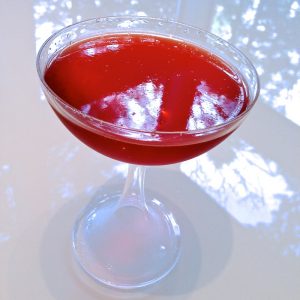
Eeyore’s Requiem
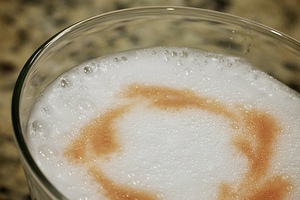
Pisco Sour
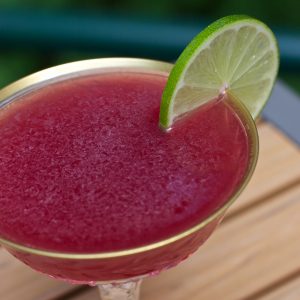
Sea of Cortez
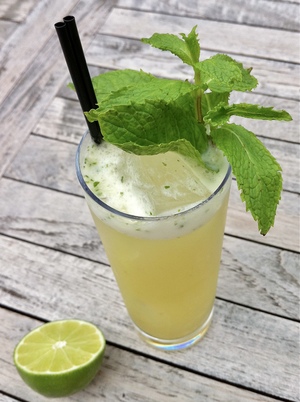
Gin Gin Mule

Communist
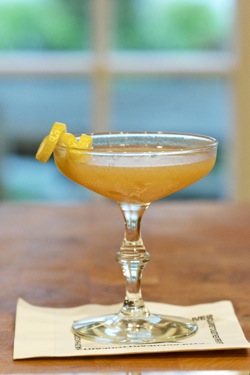
Japanese
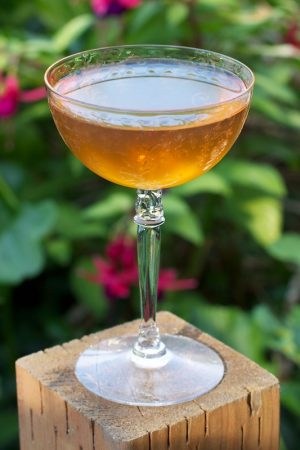
Bensonhurst
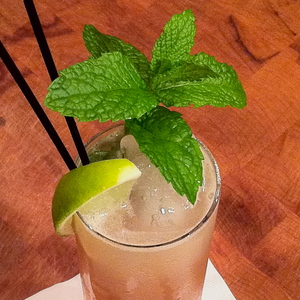
El Diablo
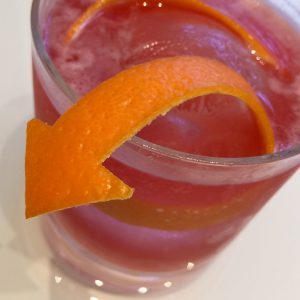
Turn Signal
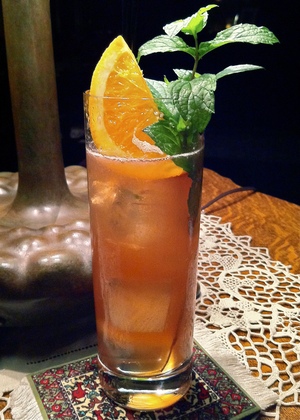
Singapore Sling
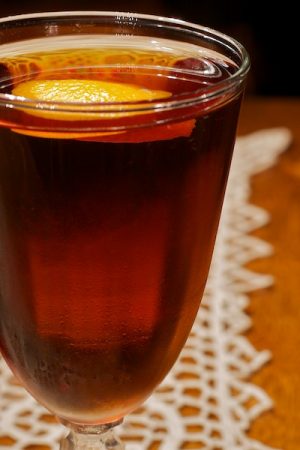
Anodyne

Painkiller
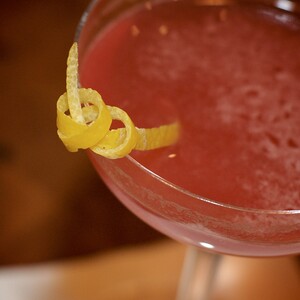
The Scofflaw
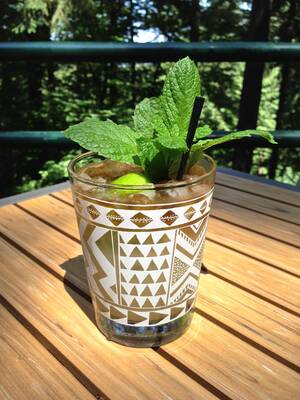
Mai Tai
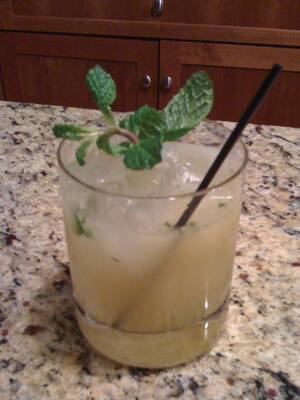
Whiskey Smash

Floridita Cocktail
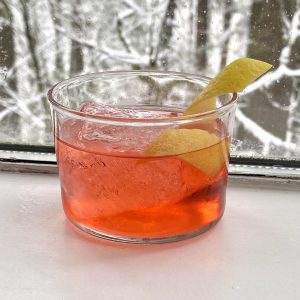
Jalisco Stroll
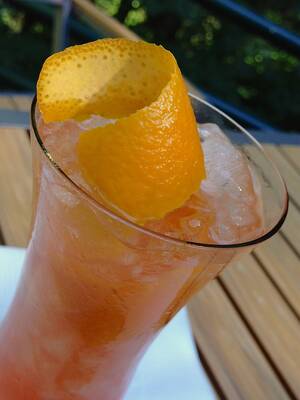
Rhubarb Blush
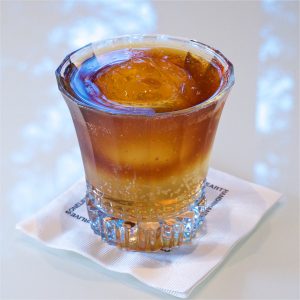
Cold Brew & Tonic
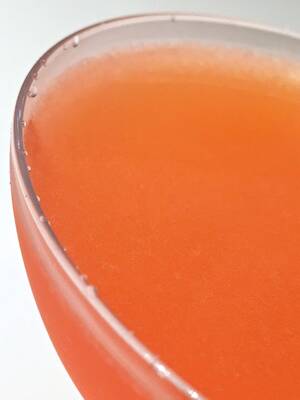
Naked and Famous

Basil Oil Garnish
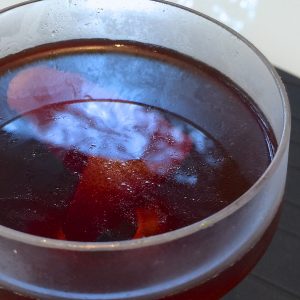
Palmetto
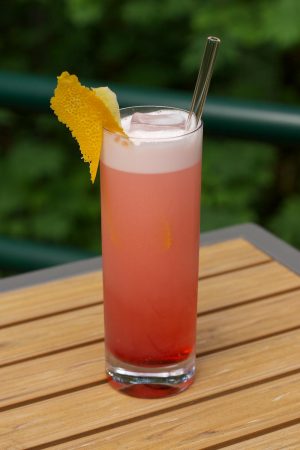
One Flight Up
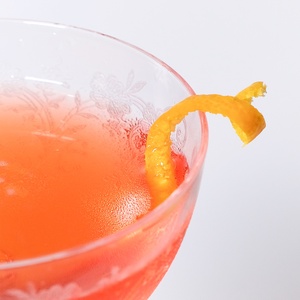
Fogerty
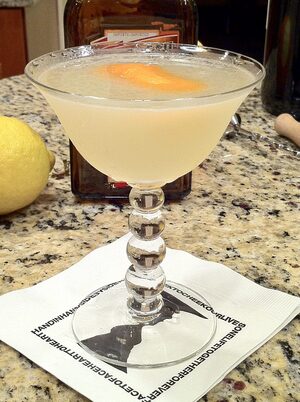
Corpse Reviver #2

Margarita
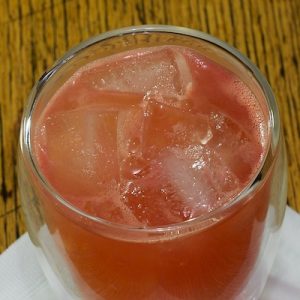
Saw Tooth
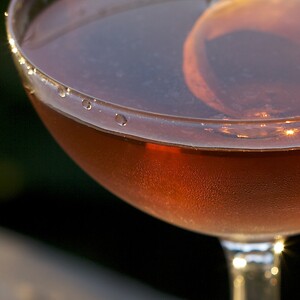
Bobby Burns
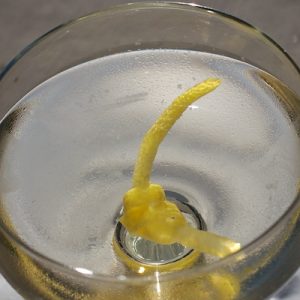
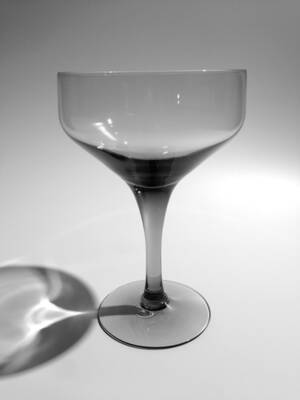




One of my all time favorites. The cocktail that got me started. I’ve got to get back down to Nola.
Hello!
Very nice article! I’m contributing editor for a vintage-style print-magazine and currently also writing an article about soda syphons. Could you kindly give me permission to use the syhpon image you used in your article?
I would be very thankful!
Kind regards,
Moritz